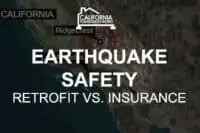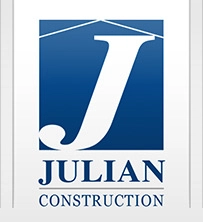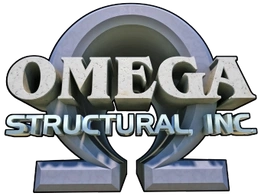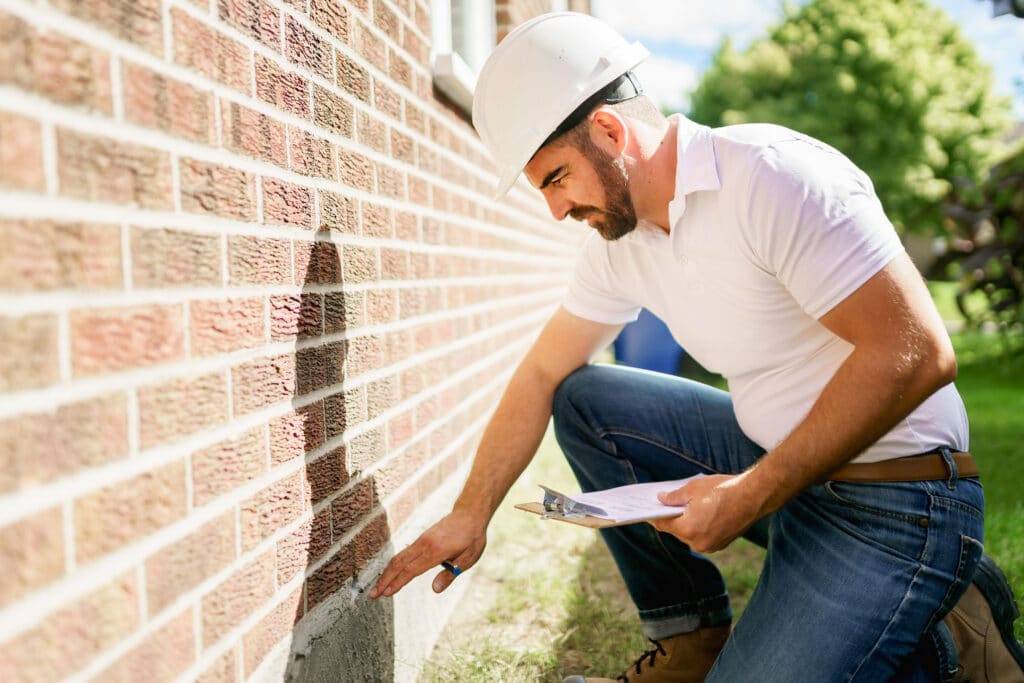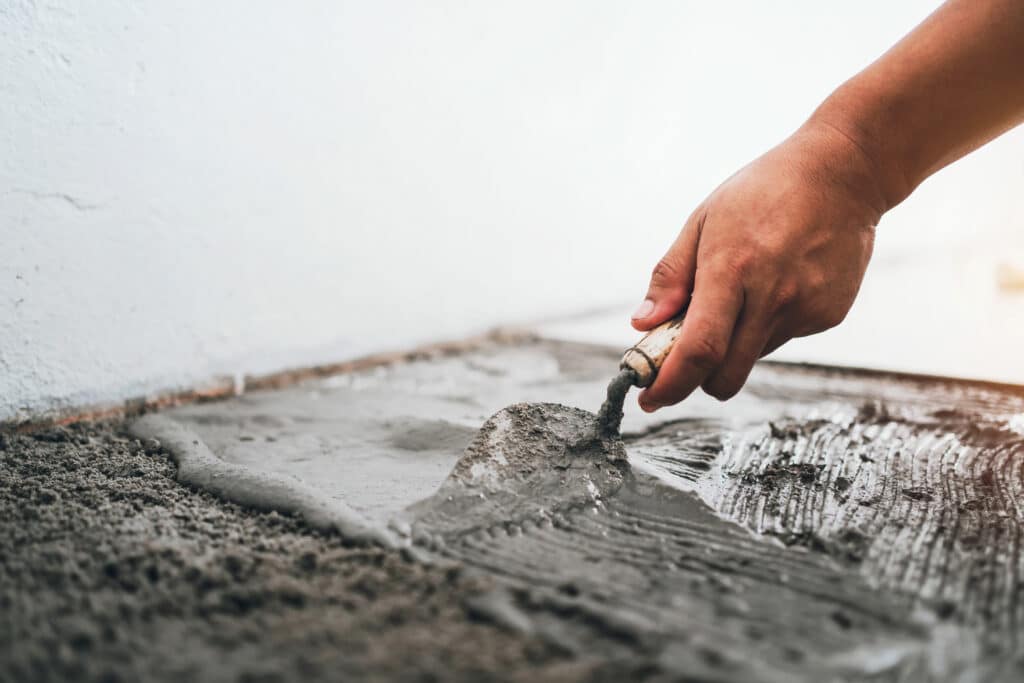Common Causes of Foundation Problems in Los Angeles
A few factors can lead to foundation issues. These are the most widespread ones for Los Angeles residents:
- Aging plumbing: Los Angeles has its fair share of older homes, with a median building year of 1948. Many of these properties use cast-iron plumbing. When the pipes start eroding, leakage could reach your foundation and even pool beneath it.
- Improper modifications: Roofing or landscaping work that wasn't completed properly could lead to your foundation settling.
- Standing water: Pooling water around your home can harm your foundation's integrity, especially when it collects in areas your gutters don't protect.
- Tree Roots: Tree roots can intrude into a home's foundation through cracks, and may create stress that results in your foundation fracturing, pipes being damaged, and overall structural weakening.
How to Choose the Best Foundation Repair Company
When choosing a foundation contractor, you should consider your personal priorities. Ask each provider on your list about the following qualities.
Licensing and Experience
The Golden State issues many different kinds of contracting licenses, and foundation companies often have more than one. You can verify a company's licensing information through the Contractors State License Board, a division of the California Department of Consumer Affairs. Look for a company with a General Building Contractor, General Engineering Contractor, C-8 Concrete, or C-61 Pile Driving credential. Talk to team members to gain more insight into a company's experience. You should ask about local inspection processes, building codes and permit ordinances.
Another way to gauge a company's credibility is to check its website. There, you can learn how long it's been in business and its trade credentials. It might also share insights and knowledge through blog posts, podcasts, or videos.
Customer Reviews
Before committing to a company, review its online profile with the Better Business Bureau (BBB). You can examine both positive reviews and complaints. Complaints aren't necessarily a red flag in themselves. Instead, discover how a company handles them. If the management team consistently and proactively resolves issues, it's a good sign. However, if the company lacks accreditation, has an abundance of negative feedback, and doesn't communicate effectively, you should avoid working with it.
Finally, we recommend you search additional sites, including Trustpilot and Google, for other reviews.
Foundation Repair Cost in Los Angeles
The price of foundation repair can vary substantially based on the scale of the issues and what must be fixed. For minor foundation cracking and settling problems, you may pay as little as $1,800. However, if there is substantial damage, the average cost is about $2,700. More intricate projects requiring digging, helical piers, or major mudjacking could cost $6,800+. Below are the average foundation repair costs for common issues.
| Common Foundation Repair Services | Average Cost |
|---|---|
| Crack Repair | $325 |
| Leak Repair | $2,572 |
| Stabilization | $4,426 |
| Underpinning | $1,248 |
| Waterproofing | $2,837 |
Ready to Get a Quote on Your Foundation Repair Project?
Please enter a valid 5-digit zip code!
Frequently Asked Questions About Foundation Repair in Los Angeles
How much does foundation repair cost in Los Angeles?
Can a foundation always be fixed?
How long does foundation repair usually take?
Will my homeowners insurance cover foundation repair?
To share feedback or ask a question about this article, send a note to our Reviews Team at reviewsteam@thisoldhousereviews.com.
More Foundation Resources
National Foundation Repair Ranking Methodology
Sources
U.S. Census Bureau (American Communities Survey)

